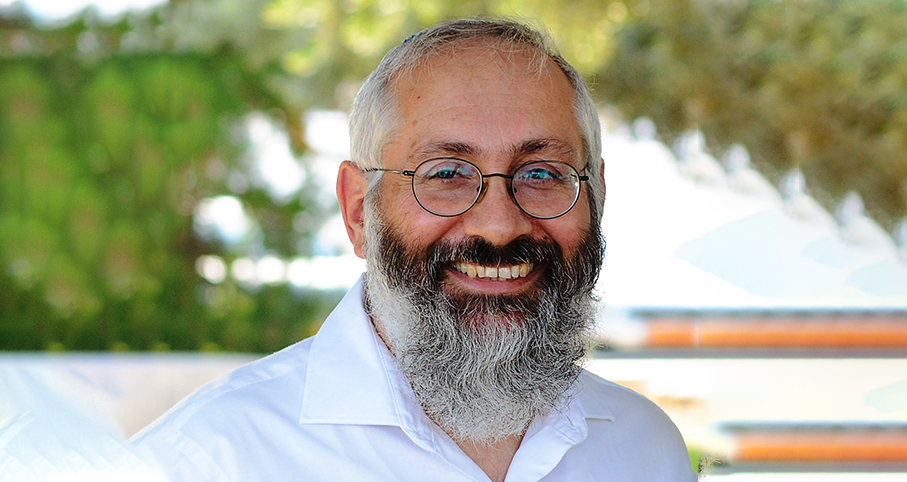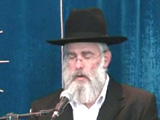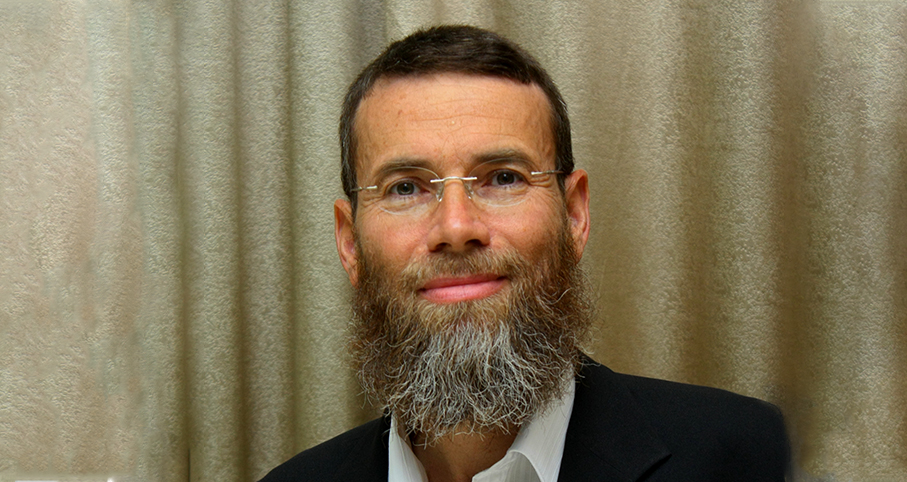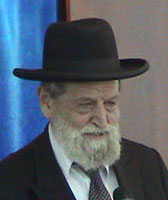Beit Midrash
- Torah Portion and Tanach
- Vayikra
- Tzav
The verse discusses when the meat of the קרבן can be eaten. Generally speaking, if the meat is not contaminated, it may be eaten. However, meat that touches an impure object may not be eaten and must be burned.
This rule represents one of the circumstances under which the flesh of the קרבן שלמים freely given by a person in celebration of his success,becomes unfit for consumption. The Torah earlier set forth two categories of disqualifications: (1) נותר, when the time period for eating the קרבן has expired; and (2) פיגול, when the קרבן is rendered unfit because a required aspect of the Korban- was performed outside the required area for such task.
The word שלמים is from the root ש-ל-ם which means"to harmonize." The word נותר is from the root י-ת-ר "to stretch." In our verse it refers to the surplus. The word פיגול is from the root פ-ג-ל "to reject as unfit".
The Torah here adds a third category: impurity (טומאה). How does something that is טהור become טמא? And how does this relate to the קרבן that is being offered?
The word טהרה is from the root ט-ה-ר "to free from foreign elements." The word טומאה is from the root ט-מ-א "to contaminate".
In our verse, the בשר (flesh) of the קרבן was touched (יגע) by a carrier of טומאה and contaminated, thereby losing its קדושה. As a result, the קרבן cannot be eaten (יאכל) and must be burned (ישרף). There is no remedy, because the process of purification by immersion in a מקוה מים does not apply to the flesh of a קרבן.
The word יגע is from the root נ-ג-ע "to touch." The word יאכל is from the root א-כ-ל "to consume." The word ישרף is from the root ש-ר-ף "to separate elements through heat." The word מקוה is from the root ק-ו-ה "to gather to act" and here refers to collecting waters that purify. The word מים is from the root מ-י-י "to liquefy."
The context of the verse indicates that it is speaking of the flesh of a קרבן, which is required by definition to be טהור. However, the verse refers to בשר (flesh) generally, as opposed to the "flesh of the קרבן," which implies a wider application. This suggests that the concept of purity is not limited to קרבנות, but extends to the normal life of an individual. The Torah mentions the concept of טומאה and טהרה in the context of קרבנות because of the prominence of the מקדש and educational significance.
The word בשר is from the root ב-ש-ר, "to cover with a sensitive coating" and refers to the flesh that covers the body. This sensitive coating informs the body of its surroundings.
How do the categories of טהרה and טומאה relate to people’s daily lives? טהרה stands for the normal, day-to-day existence, where a person enjoys freedom of action and mastery over the decisions governing his life. טומאה, on the other hand, represents a lack of freedom caused by external pressures that limit and constrain a person’s independence. Those pressures are symbolized by the negation of life, i.e., a dead body. A dead body is the highest form of טומאה and contact with it impairs the freedom that one normally enjoys. A person who comes in contact with a dead body, the epitome of טומאה also becomes a carrier of טומאה himself, contaminating everything he touches.
Even though the verse and the entire paragraph refer specifically to קרבנות that were brought in the מקדש, they provide lessons that can be applied to our daily lives. The concept of purity is anchored in the nature and essence of the human being. Living a pure life should be the goal of every Torah Jew.
Copyright © 2014, Matityahu Clark. All Rights Reserved. This is an excerpt from the forthcoming Hirsch At Your Table, a collection of brief divrei torah based on R. Samson Raphael Hirsch’s Torah Commentary.

Oil for Smoothing Over … Machloket
Rabbi Daniel Mann | 5774

The Olah Offering and Prophecy
Rabbi Chanan Morrison | 5770

Hold That Thought… After Hours!
Parashat Tzav
Rabbi Yossef Carmel | adar II 5765





















